
Shopping for a used truck feels like dating—everyone looks great until you discover the baggage. While trucks typically earn praise for durability, some models hide transmission nightmares that’ll drain your wallet faster than a teenager with a credit card. Consumer Reports data, NHTSA investigations, and thousands of owner complaints reveal which pickups pack the most transmission trouble, turning dream trucks into financial disasters.
10. Toyota Tacoma (2015-2019) (Exterior)
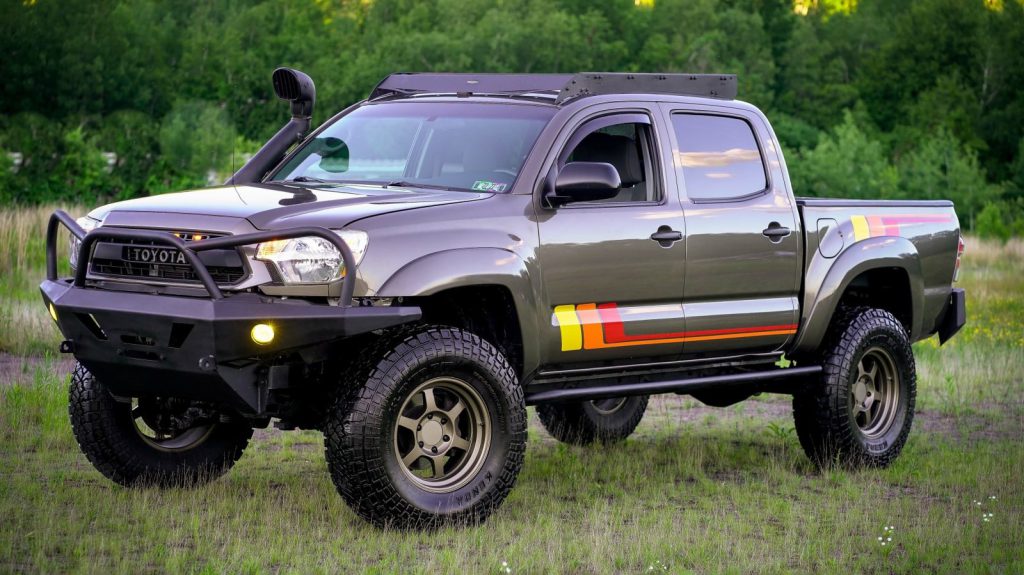
The Tacoma’s reputation took a serious hit when thousands of owners reported delayed transmission engagement, jerking, and hesitation—especially when shifting from reverse to drive. Stop-and-go traffic became a nightmare of lurching and unpredictable behavior.
Toyota Tacoma (Interior)
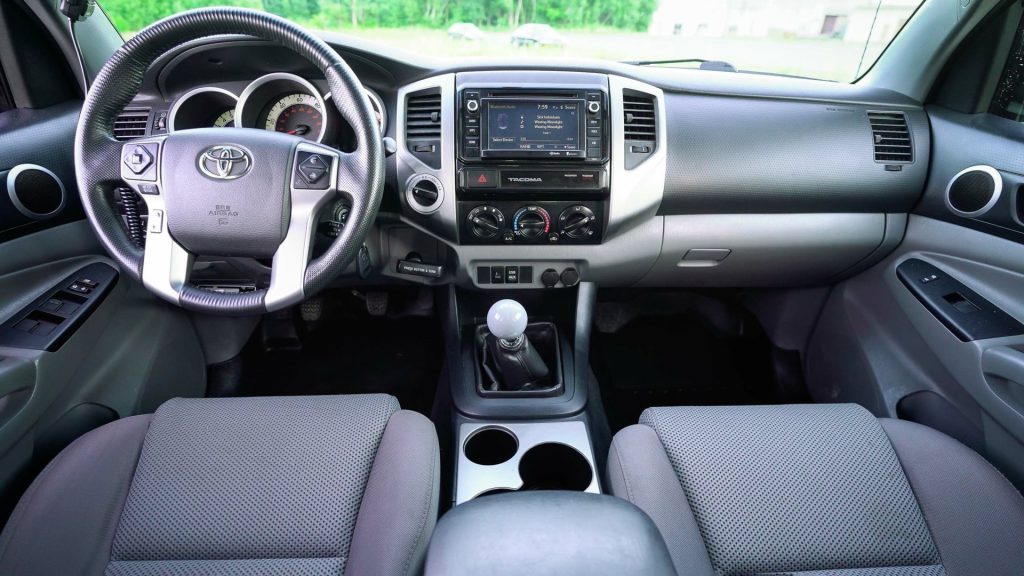
Software calibration errors in the transmission control module, sometimes worsened by low factory fluid levels, created these issues. While technically “fixable” with tuning, many dealerships dismissed complaints as “normal operation,” leaving owners frustrated and trucks still problematic.
9. GMC Canyon & Chevrolet Colorado (2015-2020) (Exterior)
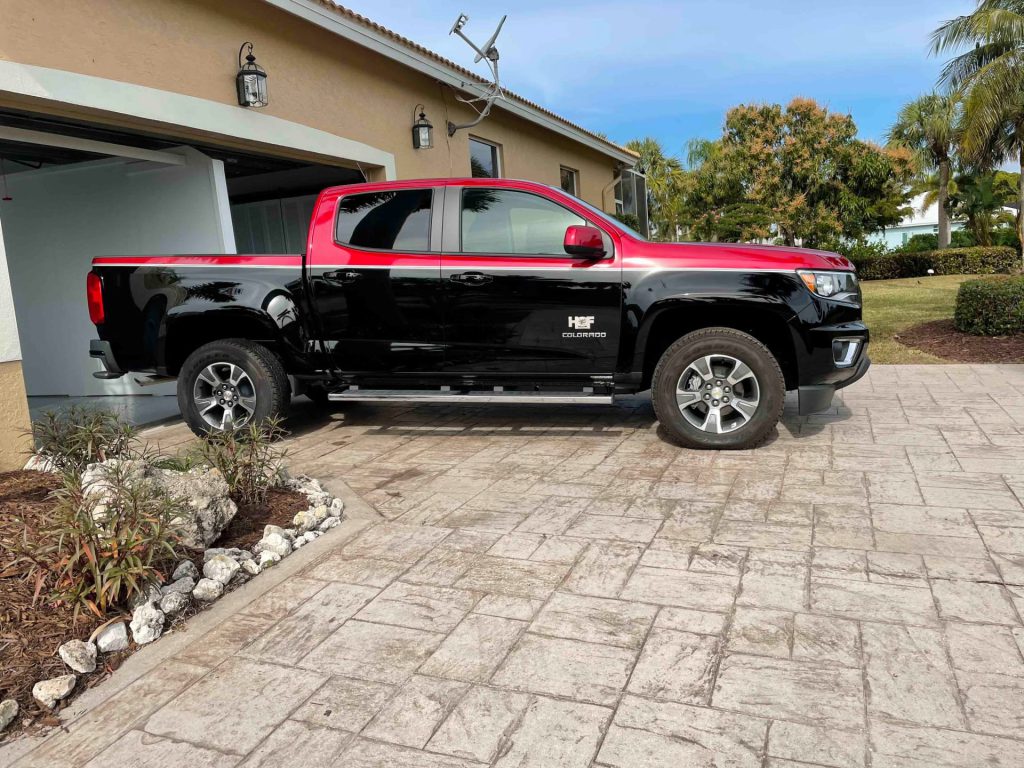
Both trucks share GM’s notorious 8-speed automatic that produces violent shuddering, harsh shifts, and delayed engagement. The root cause reads like a mechanical horror story: defective torque converter clutch plates release metal shavings that contaminate fluid and damage internal components in a cascade effect.
GMC Canyon & Chevrolet Colorado (Interior)
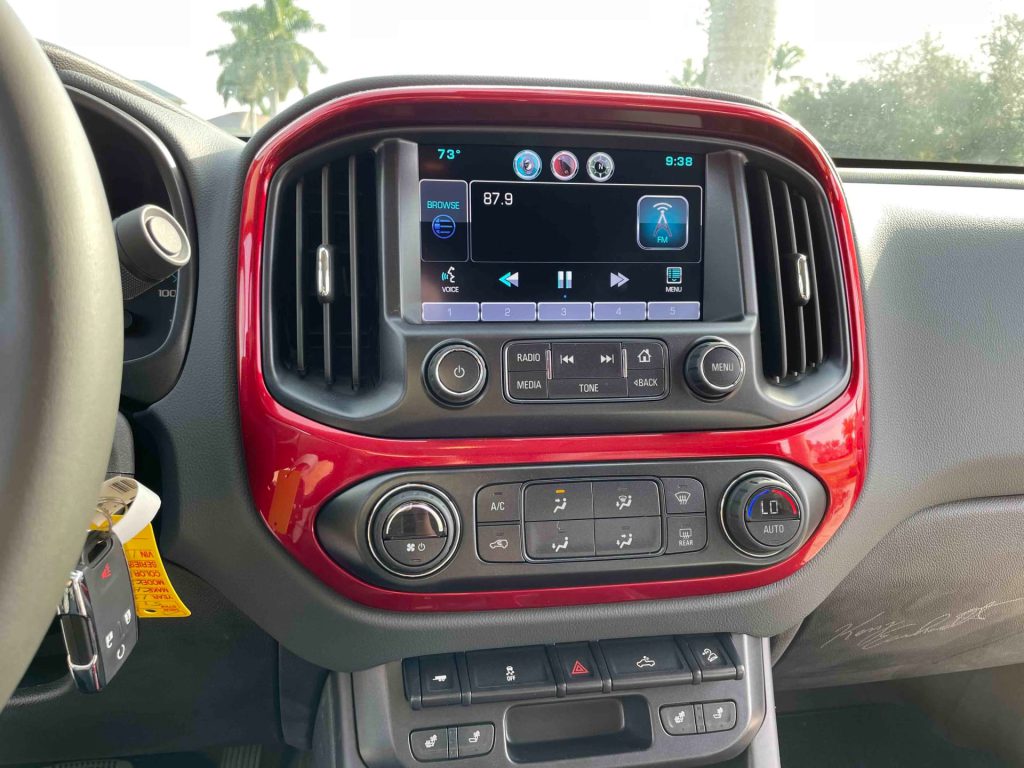
Total transmission failure often occurs within tens of thousands of miles. Even worse, warranty repairs and fluid flushes provide only temporary relief since replacements frequently fail again due to reused faulty components. Legal documents reveal GM was aware of the issue but allegedly avoided recalls due to cost considerations.
8. Ram 3500 & Ram 2500 (2019-2020) (Exterior)
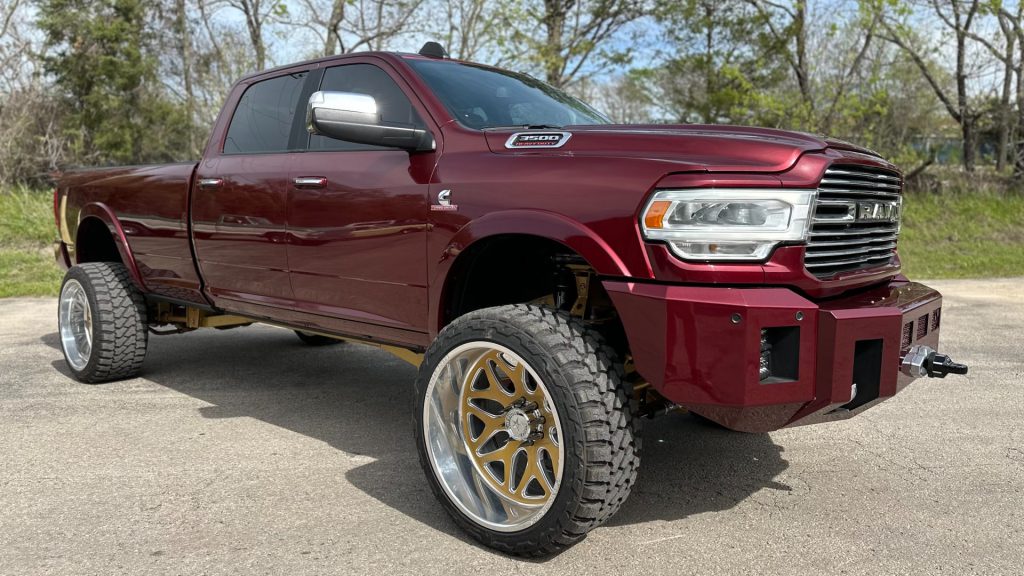
Over 84,000 trucks were recalled when pressure and seal failures caused transmission fluid leaks. The leaked fluid could contact hot exhaust components, creating serious fire risks that prompted immediate NHTSA action.
Ram 3500 (Interior)
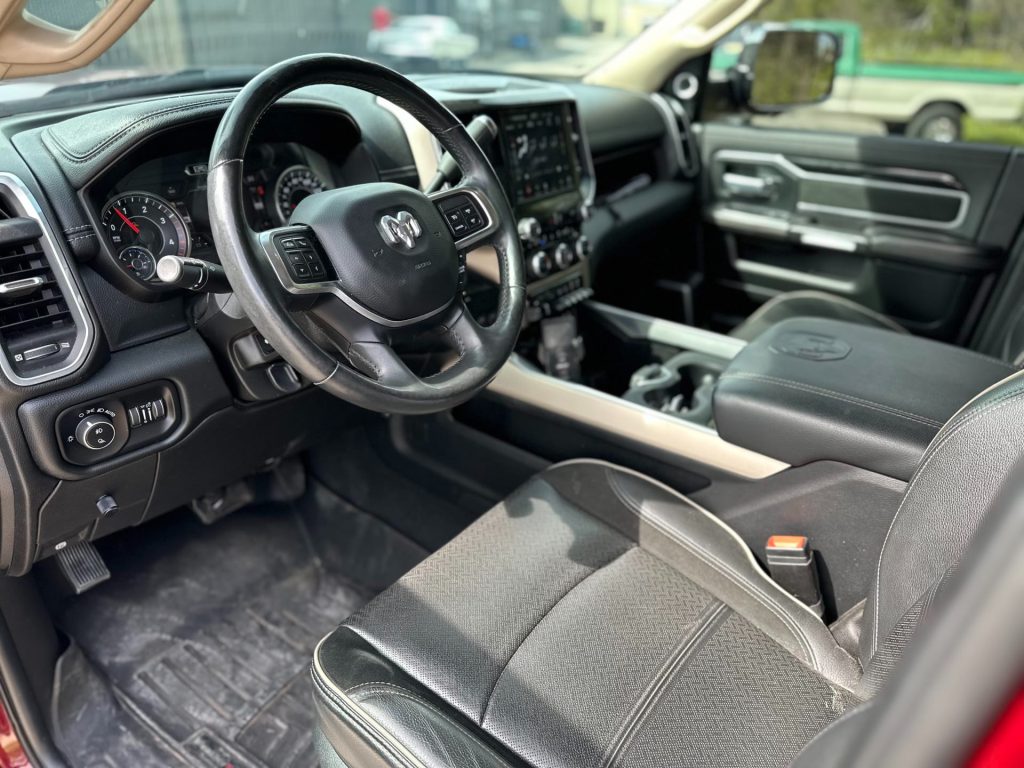
While the recall addressed the immediate safety danger, owners still report hard shifting, slipping gears, and torque converter shudder. The recall solved the fire hazard but didn’t eliminate the underlying shifting and durability concerns.
7. Ram 1500 (2012-2019) (Exterior)
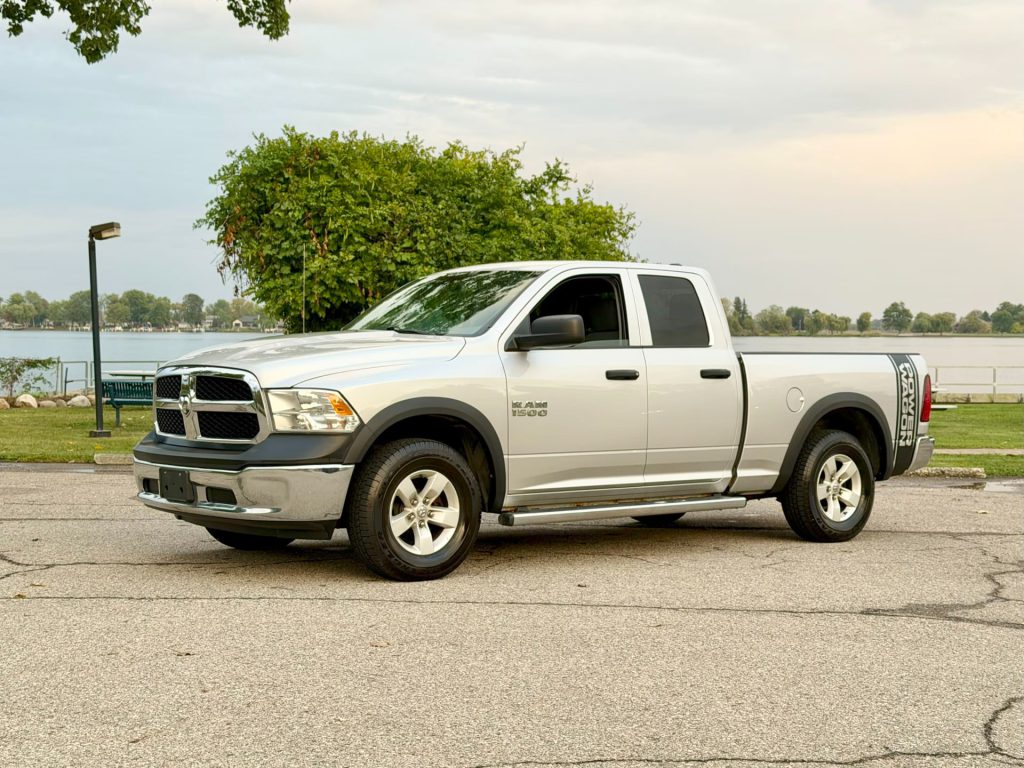
These Rams developed reputations for hard shifting, stuck gears, clunky transitions, and gear slippage. The 2014 model year featured a unique nightmare: improper machining of the parking mechanism created rollaway risks when owners thought vehicles were properly parked.
Ram 1500 (Interior)
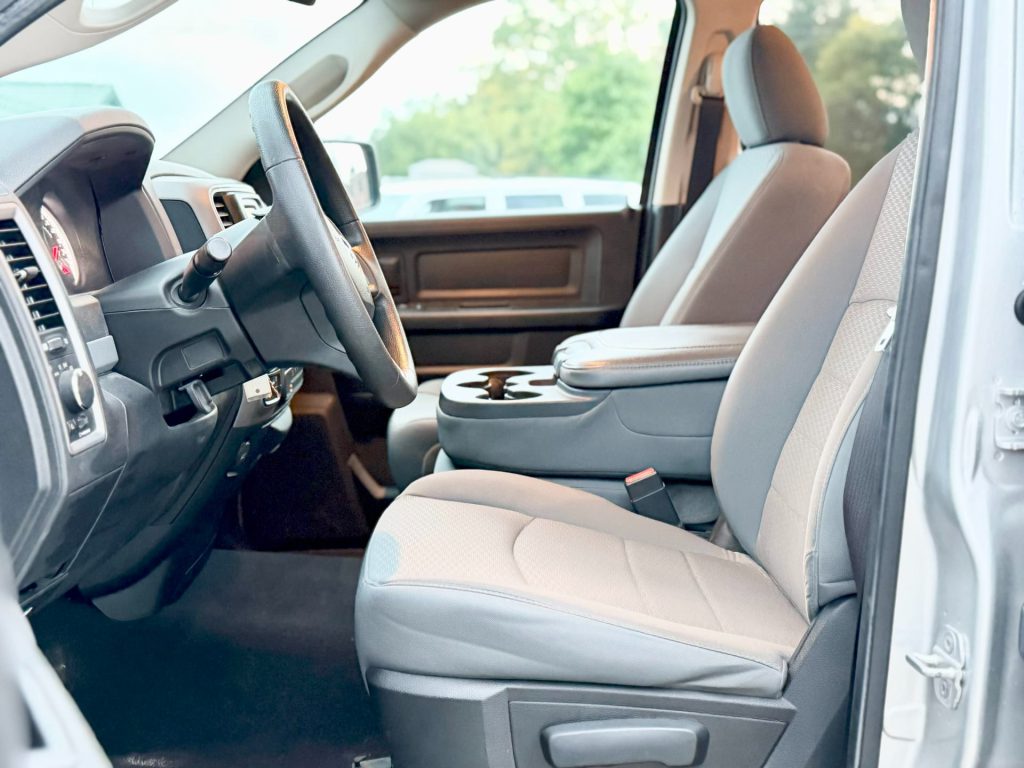
Transmission rebuilds or replacements cost $4,000-$6,000, with many owners experiencing recurring problems even after expensive repairs. The combination of high repair costs and frequent repeat failures made these trucks particularly problematic for used buyers.
6. Ford F-150 (2017-Present) (Exterior)
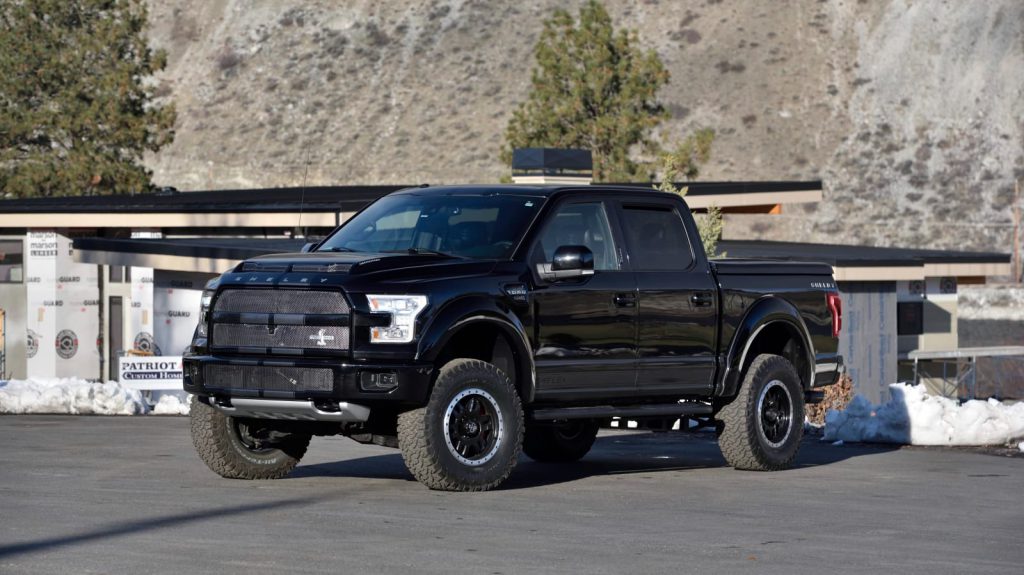
The F-150’s 10-speed transmission generated complaints about whiplash-inducing shifts, accidental downshifts causing rear wheel lockup, and complete loss of vehicle control. Over one million trucks became subject to NHTSA investigation due to the severity and frequency of complaints.
Ford F-150 (Interior)
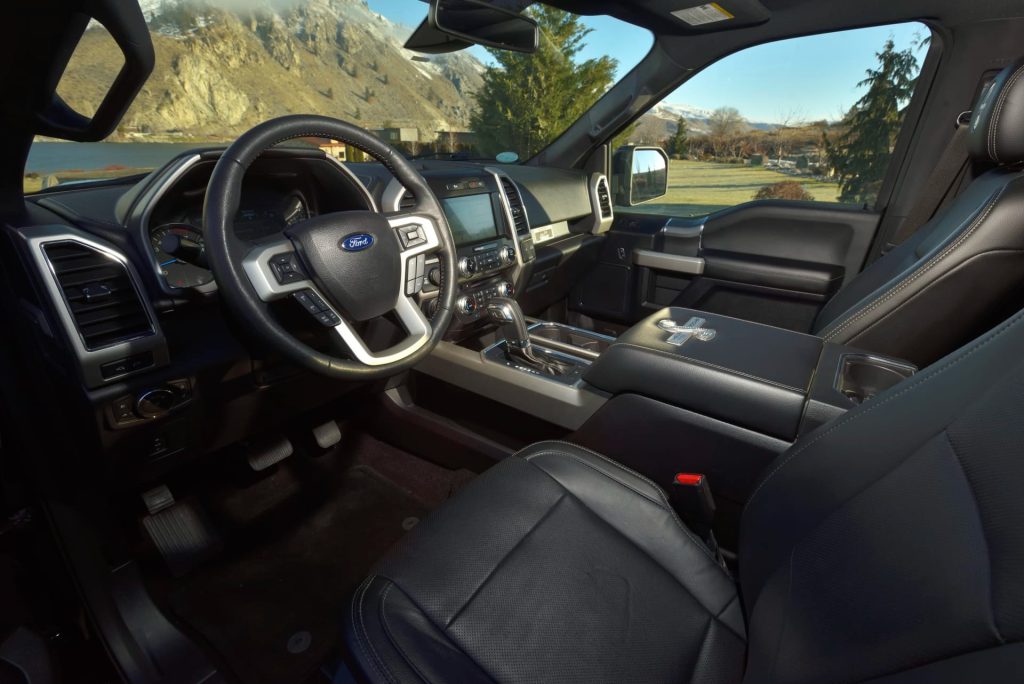
Dealers frequently dismissed harsh shifting as “normal,” while technical bulletins downplayed the issues. Class action lawsuits allege Ford knowingly sold trucks with defective transmissions, prioritizing sales over customer safety and satisfaction.
5. Nissan Titan (2006-2008) (Exterior)
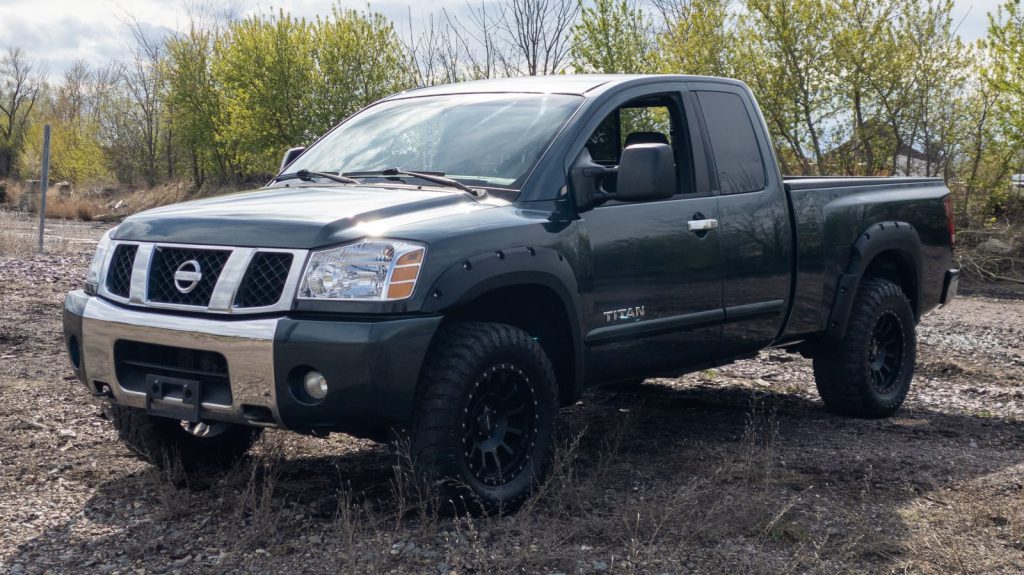
A radiator design defect allowed coolant and transmission fluid to mix, creating a pink mixture that destroyed transmissions almost instantly. The contamination caused complete transmission failure, with repair costs exceeding $8,000 in many cases.
Nissan Titan (Interior)
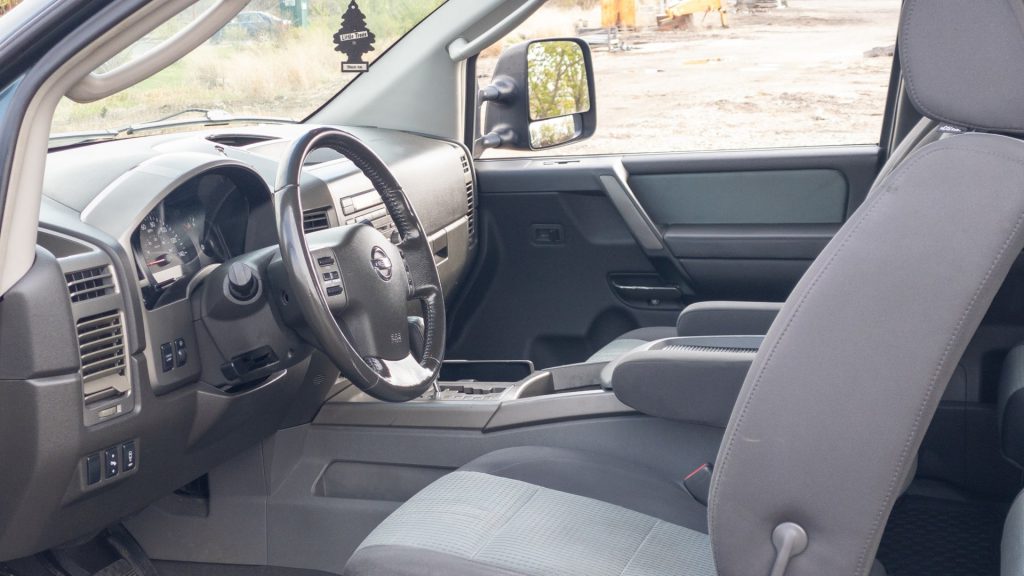
Nissan extended radiator warranties but often denied claims for transmission damage, leading to class action litigation. The repair costs often exceeded the truck’s value, making these Titans particularly risky used purchases.
4. GMC Sierra 1500 (2014-2022) (Exterior)
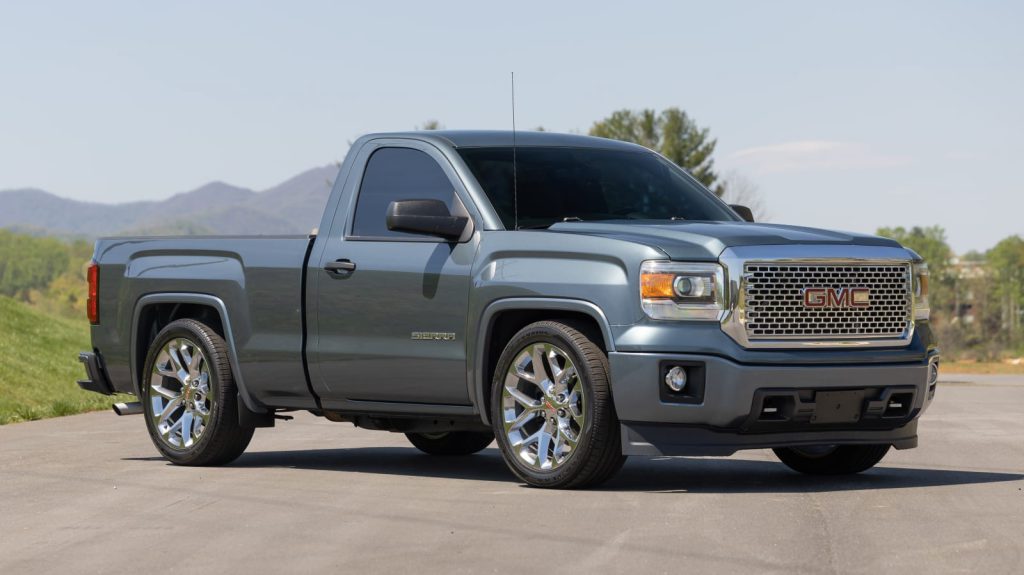
The 8-speed automatic suffered the same torque converter defect as the Canyon and Colorado, causing transmission shudder and catastrophic internal contamination. The later 10-speed brought new problems: harsh, erratic shifting, jerking, and rear wheel lockup that could cause loss of control.
GMC Sierra 1500 (Interior)
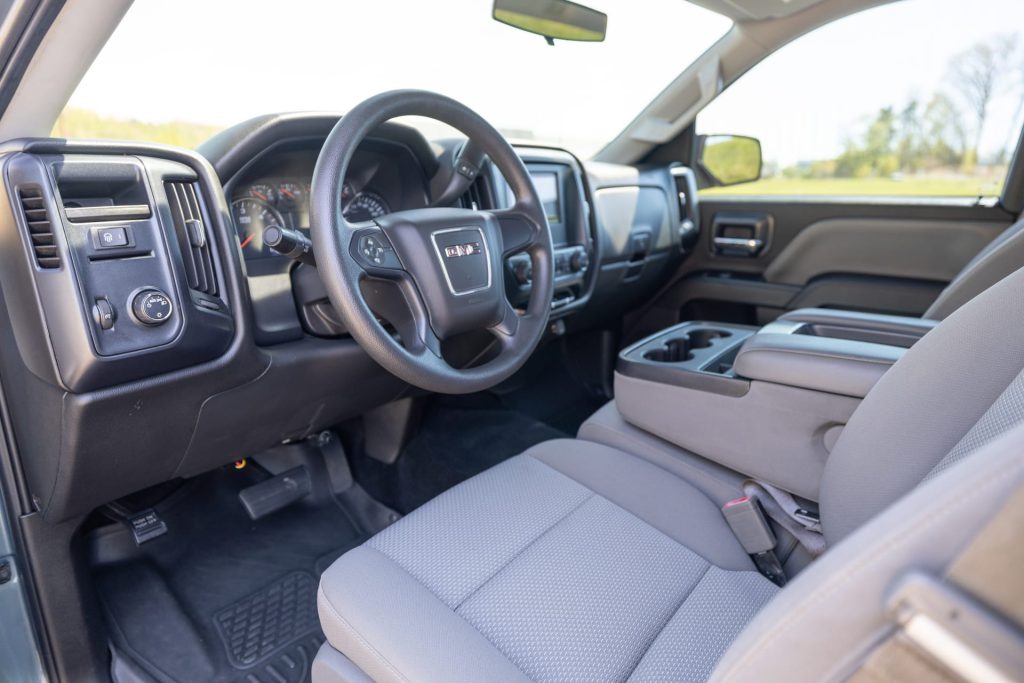
GM’s strategy allegedly prioritized temporary fixes that lasted just beyond warranty periods, shifting repair costs to consumers. Transmission rebuilds range from $5,000-$9,000, with many failures occurring multiple times on the same vehicle.
3. Chevrolet Silverado 1500 (2014-2022) (Exterior)
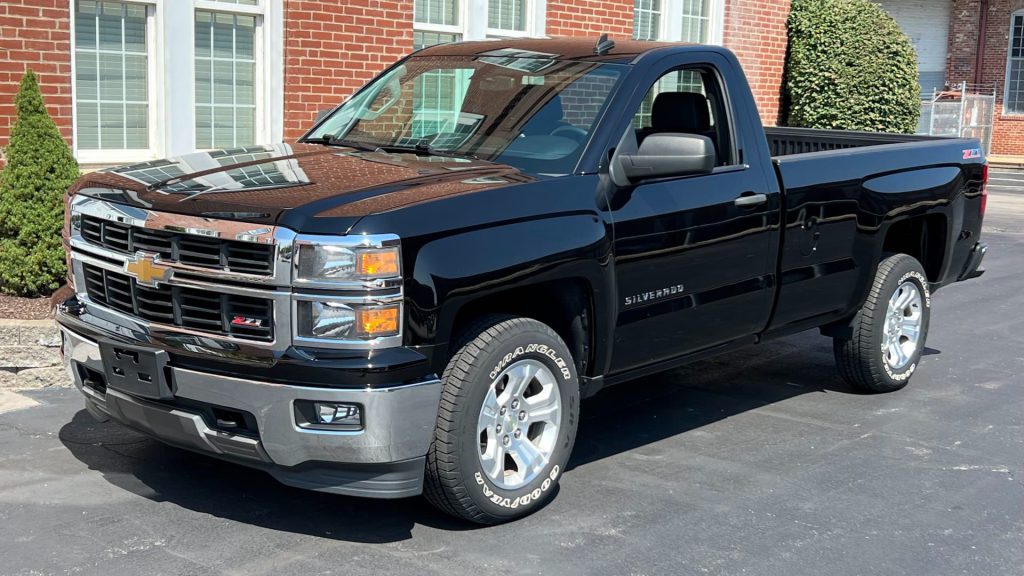
Silverado transmission issues mirror the Sierra exactly. Both 8-speed and 10-speed automatics suffered torque converter failures, violent shifting, sudden power loss, and dangerous rear wheel lockup incidents.
Chevrolet Silverado 1500 (Interior)
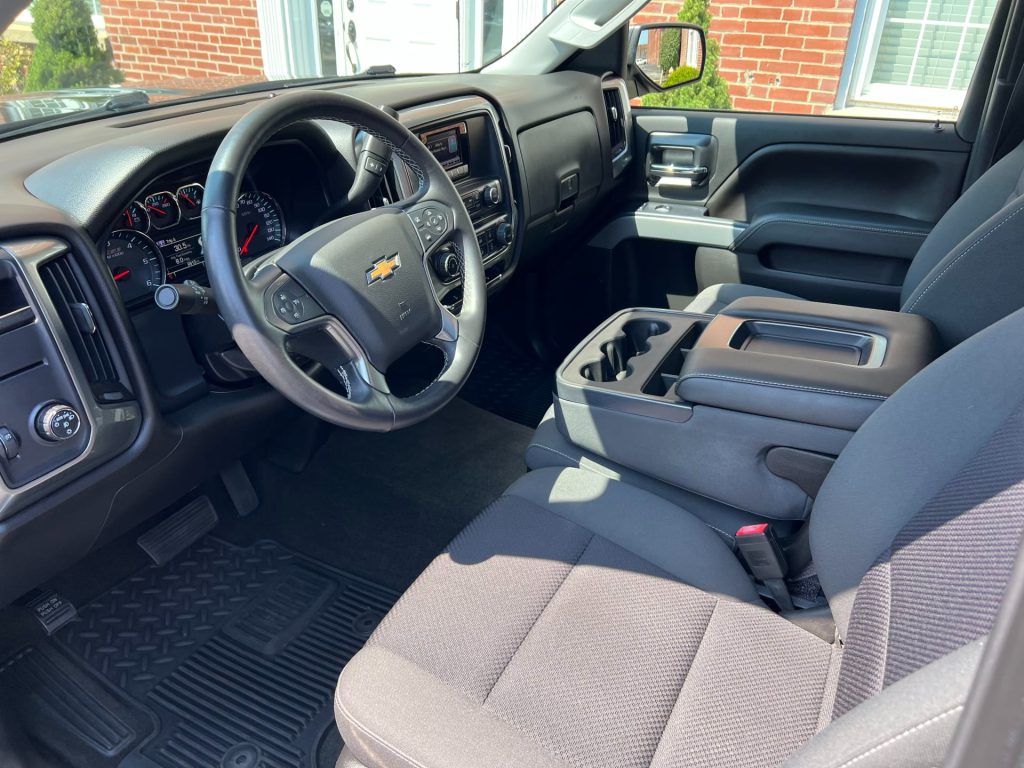
Extensive class action litigation claims GM knowingly used inadequate “band-aid” fixes rather than addressing root causes. Many expensive repairs fail again within 50,000 miles, creating ongoing financial burdens for owners who thought their problems were solved.
2. Nissan Frontier (2005, 2008) (Exterior)
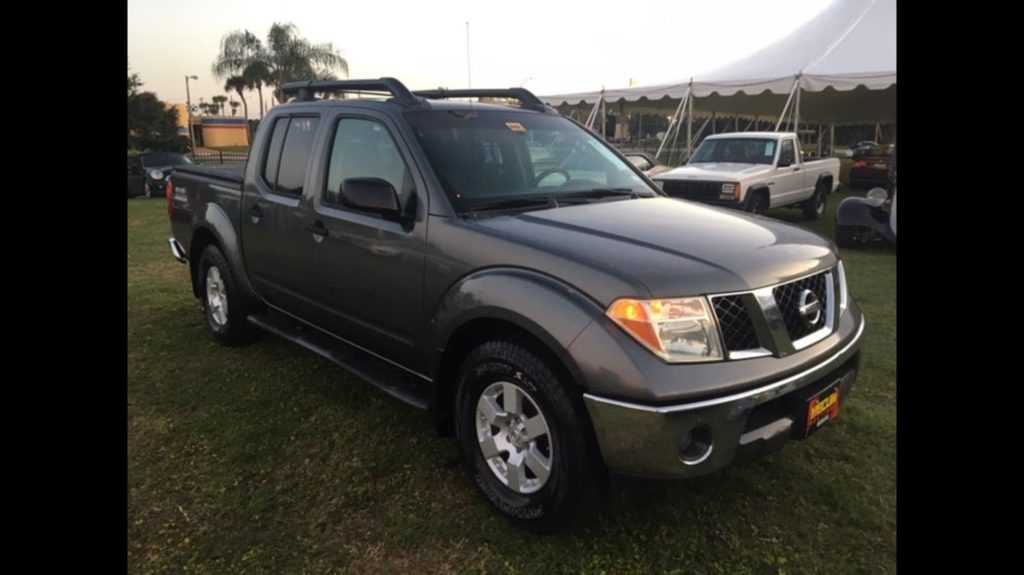
Similar transmission fluid and radiator cross-contamination issues affected certain Frontier model years. While less frequent than the Titan’s problems, the same radiator design flaw could allow coolant to mix with transmission fluid, causing expensive damage.
Nissan Frontier (Interior)
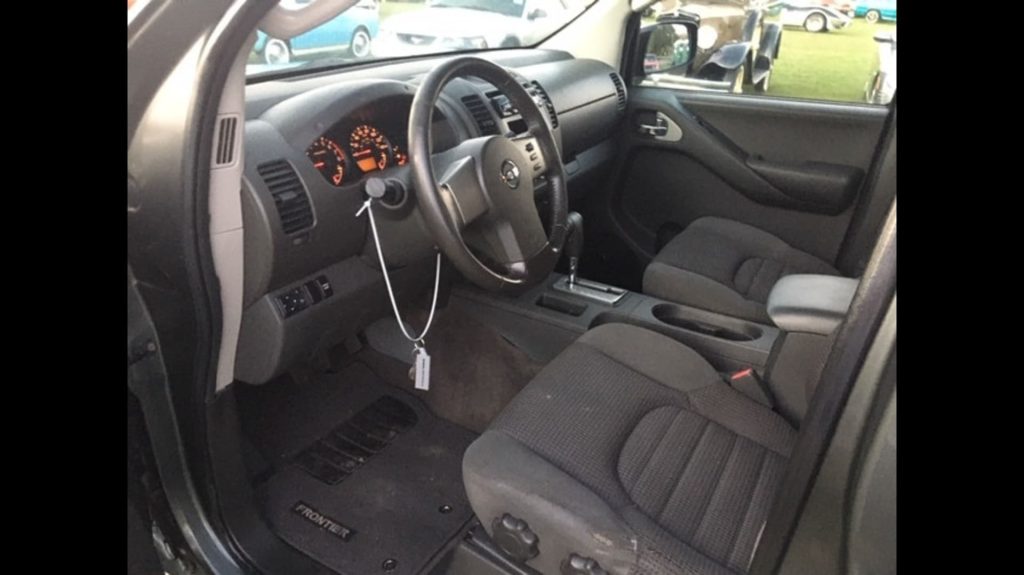
The contamination risk made these particular model years especially problematic for used buyers, as the damage often occurred suddenly and without warning signs.
1. Ford Super Duty F-250/F-350 (2017-2019) (Exterior)
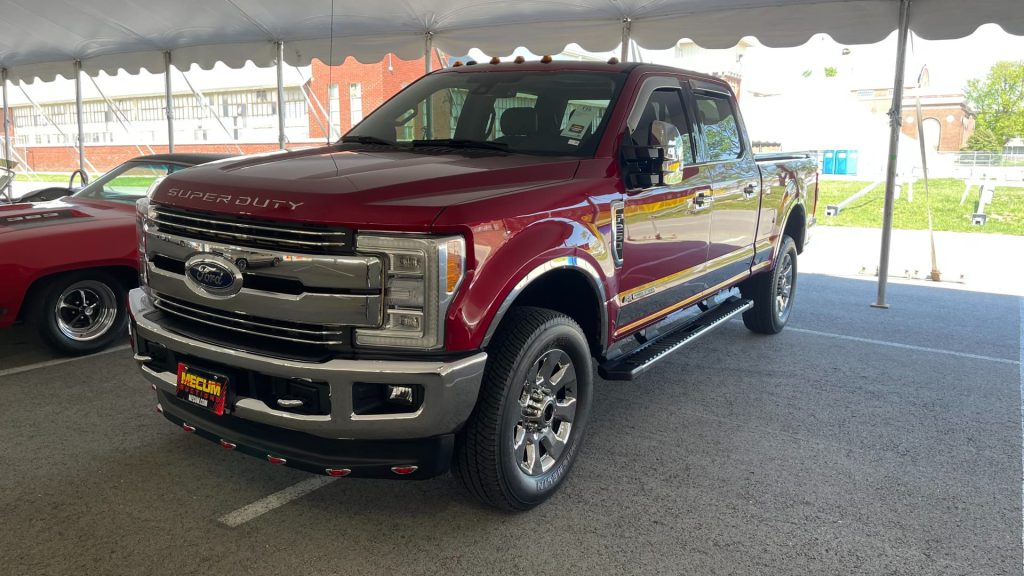
The 10-speed automatic in Super Duty trucks experienced similar harsh shifting, delayed engagement, and unexpected downshift problems as their F-150 siblings. The added weight and stress of heavy-duty applications seemed to accelerate transmission problems.
Ford Super Duty F-250/F-350 (Interior)
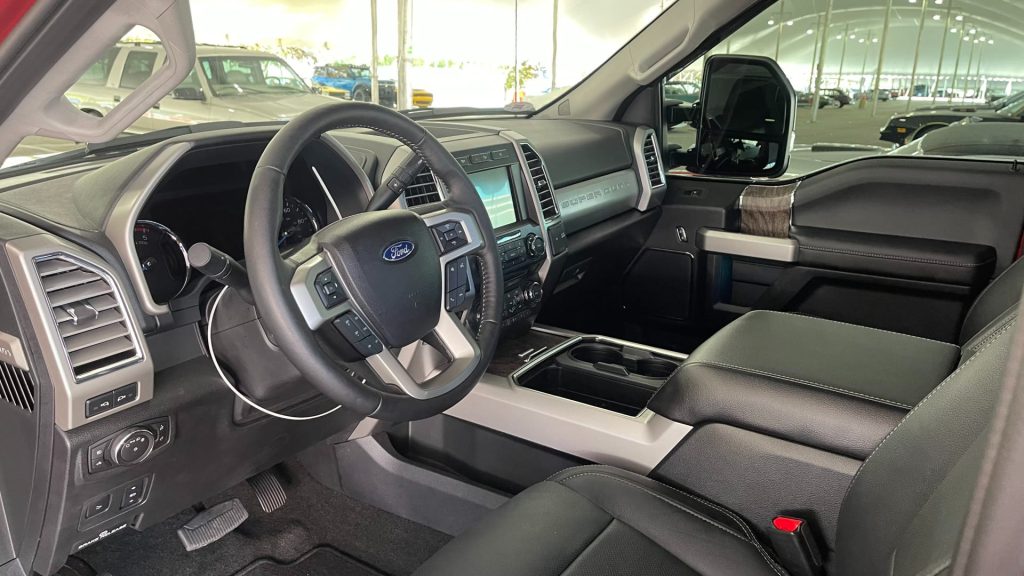
Repair costs for Super Duty transmissions often exceeded $7,000 due to the trucks’ commercial-grade components. Fleet owners particularly suffered when multiple trucks experienced similar transmission failures, creating significant operational disruptions.
Anyone shopping for used trucks should prioritize thorough transmission inspections and fluid analysis. These problematic models prove that even trusted brands can harbor expensive surprises—and sometimes the most popular trucks hide the biggest headaches.
Last modified: October 6, 2025







